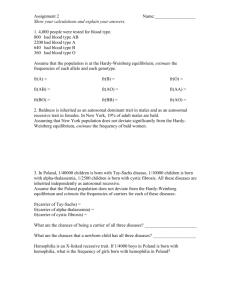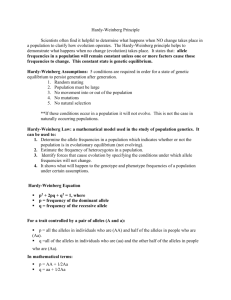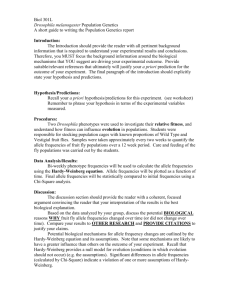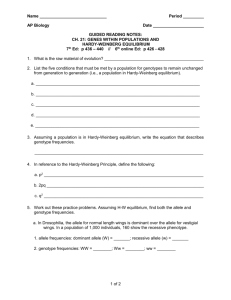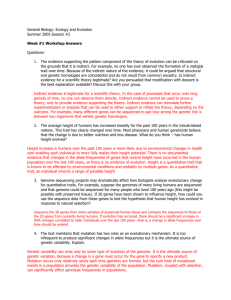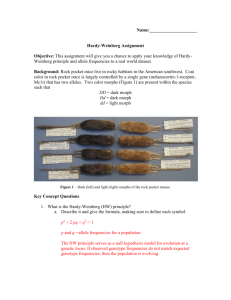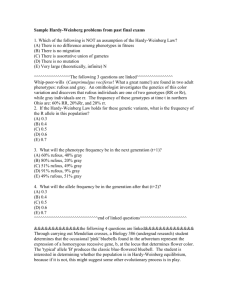Review
advertisement
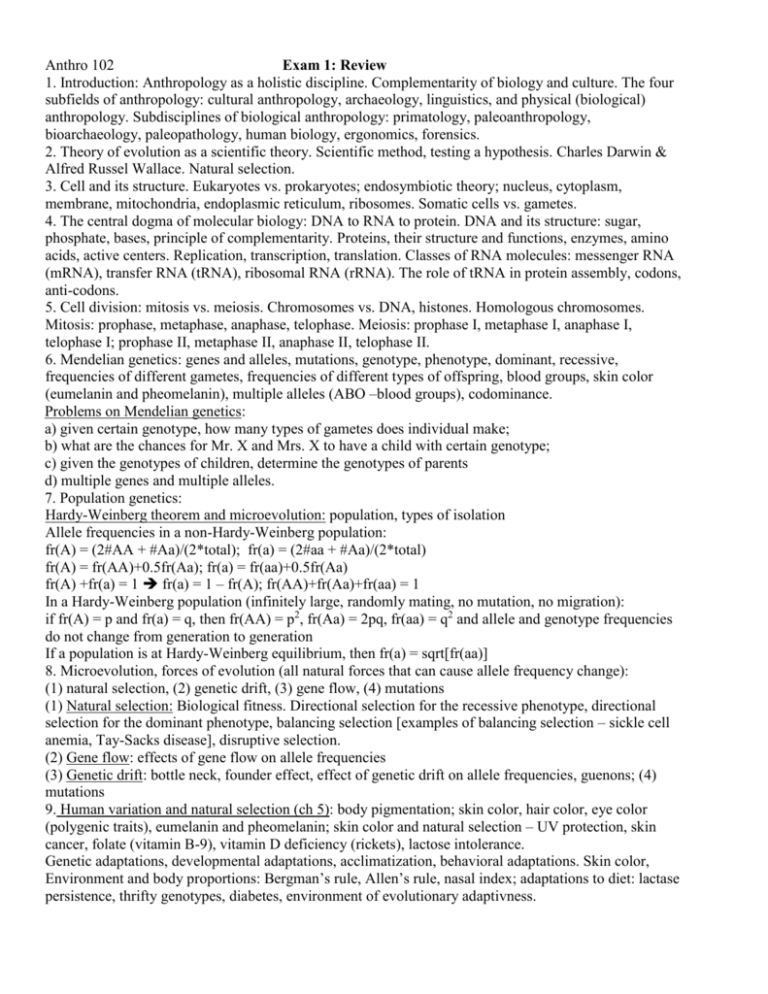
Anthro 102 Exam 1: Review 1. Introduction: Anthropology as a holistic discipline. Complementarity of biology and culture. The four subfields of anthropology: cultural anthropology, archaeology, linguistics, and physical (biological) anthropology. Subdisciplines of biological anthropology: primatology, paleoanthropology, bioarchaeology, paleopathology, human biology, ergonomics, forensics. 2. Theory of evolution as a scientific theory. Scientific method, testing a hypothesis. Charles Darwin & Alfred Russel Wallace. Natural selection. 3. Cell and its structure. Eukaryotes vs. prokaryotes; endosymbiotic theory; nucleus, cytoplasm, membrane, mitochondria, endoplasmic reticulum, ribosomes. Somatic cells vs. gametes. 4. The central dogma of molecular biology: DNA to RNA to protein. DNA and its structure: sugar, phosphate, bases, principle of complementarity. Proteins, their structure and functions, enzymes, amino acids, active centers. Replication, transcription, translation. Classes of RNA molecules: messenger RNA (mRNA), transfer RNA (tRNA), ribosomal RNA (rRNA). The role of tRNA in protein assembly, codons, anti-codons. 5. Cell division: mitosis vs. meiosis. Chromosomes vs. DNA, histones. Homologous chromosomes. Mitosis: prophase, metaphase, anaphase, telophase. Meiosis: prophase I, metaphase I, anaphase I, telophase I; prophase II, metaphase II, anaphase II, telophase II. 6. Mendelian genetics: genes and alleles, mutations, genotype, phenotype, dominant, recessive, frequencies of different gametes, frequencies of different types of offspring, blood groups, skin color (eumelanin and pheomelanin), multiple alleles (ABO –blood groups), codominance. Problems on Mendelian genetics: a) given certain genotype, how many types of gametes does individual make; b) what are the chances for Mr. X and Mrs. X to have a child with certain genotype; c) given the genotypes of children, determine the genotypes of parents d) multiple genes and multiple alleles. 7. Population genetics: Hardy-Weinberg theorem and microevolution: population, types of isolation Allele frequencies in a non-Hardy-Weinberg population: fr(A) = (2#AA + #Aa)/(2*total); fr(a) = (2#aa + #Aa)/(2*total) fr(A) = fr(AA)+0.5fr(Aa); fr(a) = fr(aa)+0.5fr(Aa) fr(A) +fr(a) = 1 fr(a) = 1 – fr(A); fr(AA)+fr(Aa)+fr(aa) = 1 In a Hardy-Weinberg population (infinitely large, randomly mating, no mutation, no migration): if fr(A) = p and fr(a) = q, then fr(AA) = p2, fr(Aa) = 2pq, fr(aa) = q2 and allele and genotype frequencies do not change from generation to generation If a population is at Hardy-Weinberg equilibrium, then fr(a) = sqrt[fr(aa)] 8. Microevolution, forces of evolution (all natural forces that can cause allele frequency change): (1) natural selection, (2) genetic drift, (3) gene flow, (4) mutations (1) Natural selection: Biological fitness. Directional selection for the recessive phenotype, directional selection for the dominant phenotype, balancing selection [examples of balancing selection – sickle cell anemia, Tay-Sacks disease], disruptive selection. (2) Gene flow: effects of gene flow on allele frequencies (3) Genetic drift: bottle neck, founder effect, effect of genetic drift on allele frequencies, guenons; (4) mutations 9. Human variation and natural selection (ch 5): body pigmentation; skin color, hair color, eye color (polygenic traits), eumelanin and pheomelanin; skin color and natural selection – UV protection, skin cancer, folate (vitamin B-9), vitamin D deficiency (rickets), lactose intolerance. Genetic adaptations, developmental adaptations, acclimatization, behavioral adaptations. Skin color, Environment and body proportions: Bergman’s rule, Allen’s rule, nasal index; adaptations to diet: lactase persistence, thrifty genotypes, diabetes, environment of evolutionary adaptivness.




